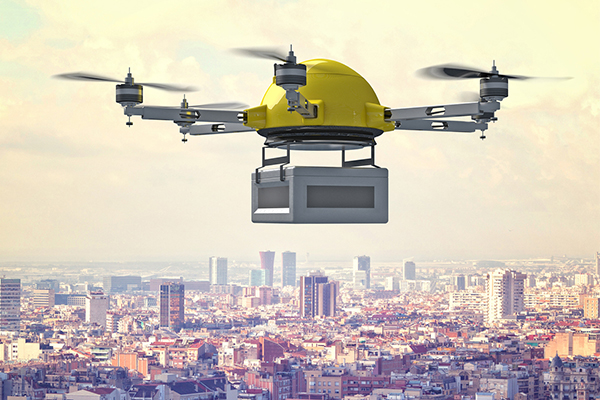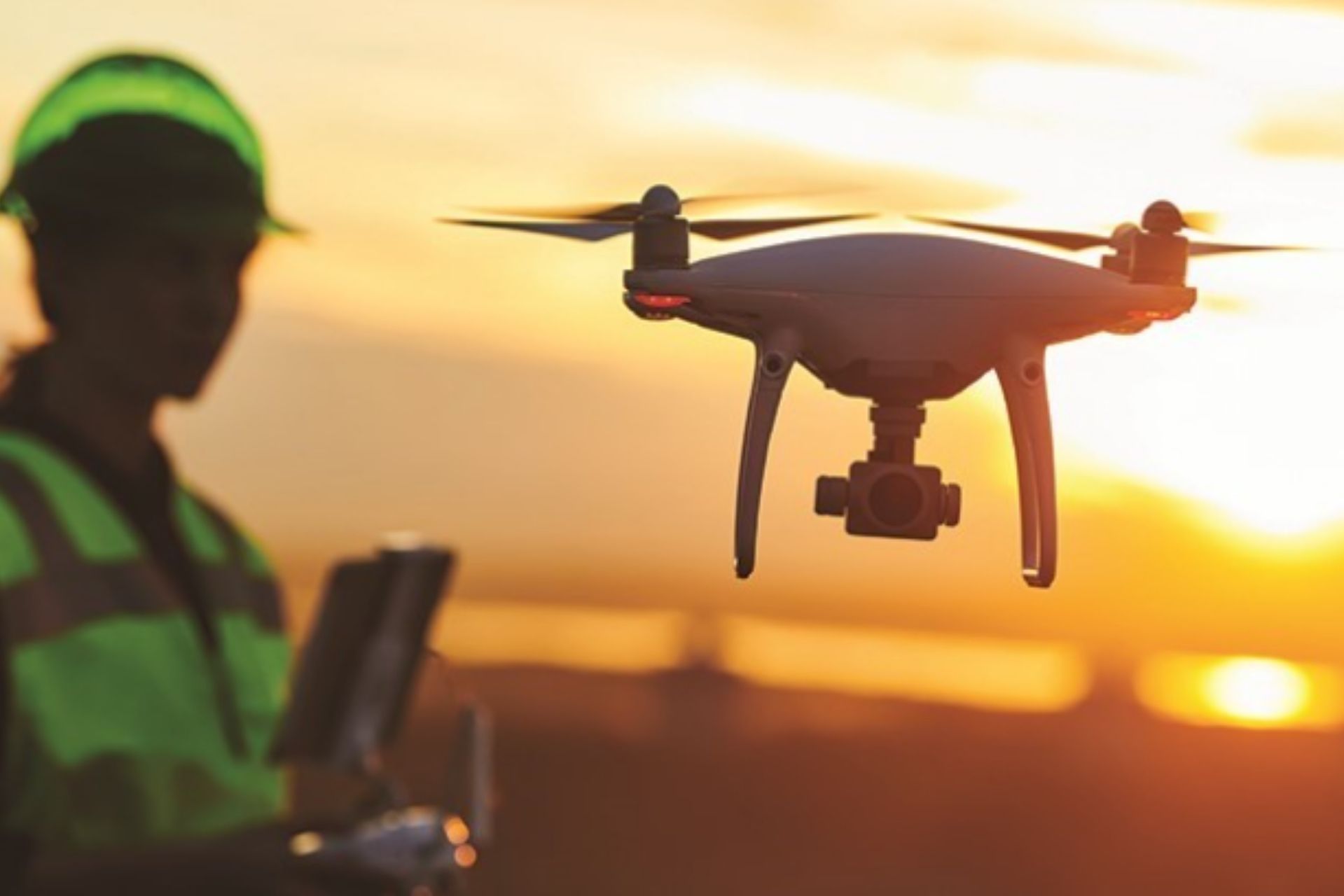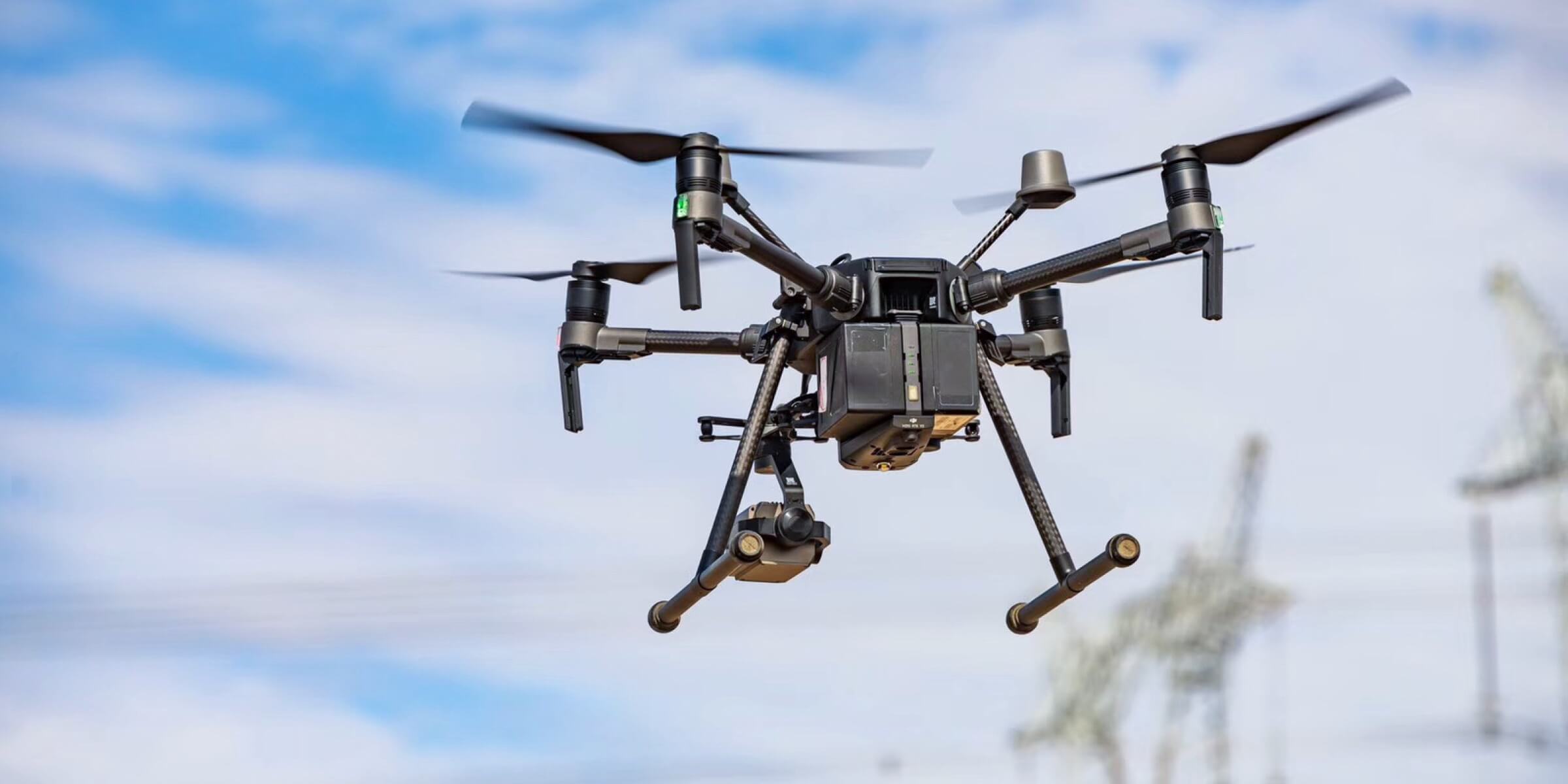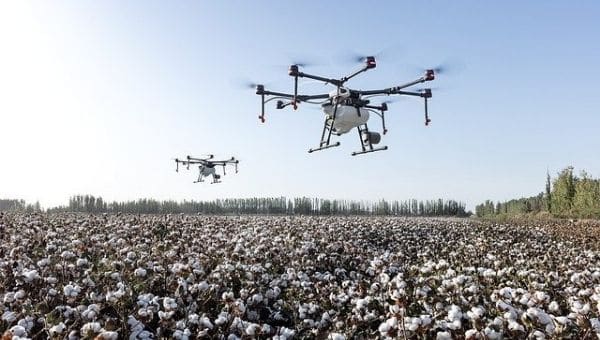Special Operations
The deployment of drones for debris removal and special operations represents a cutting-edge application of unmanned aerial technology that addresses challenges in disaster response, environmental conservation, and unique operational scenarios.
Benefits Of Special Operations
Enhanced Mobility and Maneuverability
Removing debris from drones can improve their overall mobility and maneuverability. Unobstructed propellers and moving parts allow for more efficient flight, enabling the drone to navigate through tight spaces and challenging environments.
Optimized Flight Performance
A drone with reduced weight and clean components can experience improved flight performance. It may achieve longer flight times, better fuel efficiency (for gas-powered drones), and increased speed and agility.
Cost Savings
Regular maintenance and debris removal can contribute to cost savings by reducing the frequency of repairs and replacements. Proactive maintenance practices can help avoid expensive downtime and ensure a longer operational life for the drone.
Using Drones

Challenges
- Payload Capacity:Drones have limited payload capacities. Carrying equipment for removing debris or conducting special operations may require powerful drones with higher payload capacities, limiting the range and flight time.
- Power Supply: Continuous power supply is crucial for sustained drone operations. Specialized equipment such as robotic arms or tools for debris removal may require additional power, impacting the overall flight duration.
- Precise Control and Maneuverability: Performing delicate tasks like removing debris or conducting special operations often demands precise control and maneuverability. Drones need advanced control systems to navigate through complex environments and perform intricate tasks.
- Obstacle Detection and Avoidance: Debris removal operations might involve navigating through cluttered or unpredictable environments. Drones need robust obstacle detection and avoidance systems to prevent collisions and ensure safe operation.
- Communication Reliability: Maintaining a stable and reliable communication link between the operator and the drone is crucial. Special operations may take place in areas with signal interference, requiring advanced communication systems to ensure continuous control.
- Environmental Factors: Weather conditions, such as strong winds, rain, or low visibility, can significantly affect drone performance. Debris removal and special operations may need to be postponed or adapted based on environmental factors.
How Works
- Surveillance and Identification:Drones equipped with cameras and sensors can be deployed to survey an area and identify debris or obstacles. High-resolution cameras and LiDAR sensors are commonly used for this purpose.
- Navigation and Mapping:Drones can create detailed maps of the environment, helping operators identify safe paths for debris removal or avoiding obstacles. This is particularly useful in disaster-stricken areas or construction sites.
- Payload Delivery:Some drones are designed to carry payloads. These could be anything from small cameras for inspection to tools for removing lightweight debris. The payload capacity depends on the drone’s size and design.
- Manipulation Mechanisms: Advanced drones may be equipped with robotic arms or other manipulation mechanisms. These can be used for more intricate debris removal tasks, especially in areas where human access is limited or hazardous.
- Communication and Coordination: Drones can be programmed to communicate with each other and with a central control system. This allows for coordinated efforts in debris removal, ensuring efficient and safe operations.
- Adaptability: Drones used in special operations are designed to be adaptable to various situations. This may include modular payloads, interchangeable parts, and the ability to quickly switch between different mission profiles.
Explore More Content

Debris removal is a critical task to restore normalcy and aid recovery efforts. Drones equipped with advanced imaging and mapping capabilities play a pivotal role in surveying affected areas, identifying debris hotspots, and planning efficient removal strategies. These aerial platforms provide real-time situational awareness to emergency responders, enabling them to prioritize tasks and allocate resources effectively.

In special operations, where human intervention might be impractical or risky, drones offer a versatile solution. Search and rescue missions in challenging terrains, such as mountainous regions or dense forests, benefit from drones equipped with thermal imaging and sensors. These capabilities aid in locating missing persons or assessing disaster-stricken areas with speed and precision.

The versatility of drones extends to environmental conservation efforts, where they contribute to wildlife protection and habitat monitoring. Drones equipped with cameras and sensors can survey vast and remote areas, helping researchers and conservationists track wildlife populations, assess environmental changes, and combat illegal activities like poaching.

The use of drones in debris removal and special operations showcases their capacity to revolutionize emergency response, environmental conservation, and complex operational scenarios. As technology continues to advance, the integration of drones into these specialized domains promises enhanced efficiency, safety, and effectiveness in addressing challenges that were once considered insurmountable.